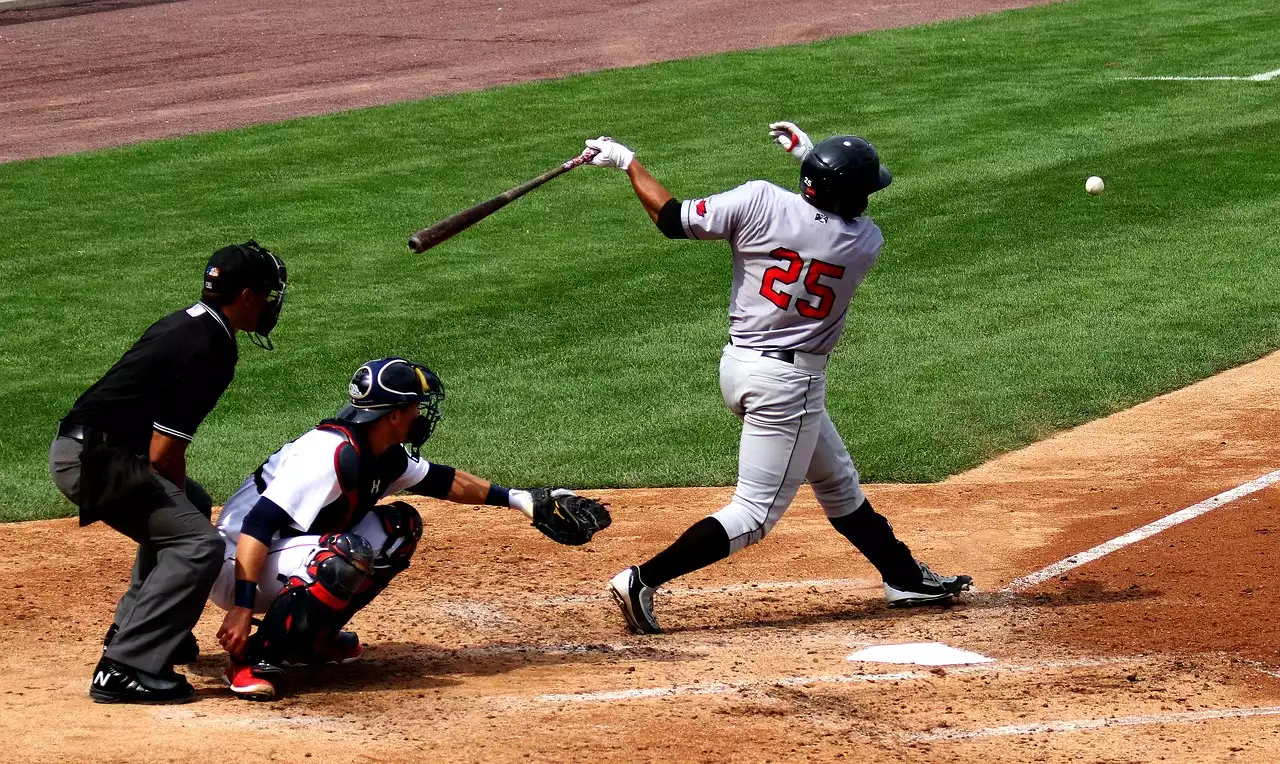What are the proper hitting mechanics for a baseball swing?
The proper hitting mechanics for a baseball swing involve a combination of body positioning, timing, and bat positioning. When done correctly, the hitter will be able to generate maximum power, accuracy, and consistency with their swing. The key to becoming a successful hitter is to practice the proper hitting mechanics until they become second nature.
Body positioning and stance
The first step to a successful baseball swing is to get into the correct body positioning and stance. This should be done before the pitcher even releases the ball. The hitter should stand with their feet slightly wider than shoulder-width apart, with weight evenly distributed on both legs. The shoulders should be squared up to the pitcher, and the hands should be level with the back shoulder. The hitter should also make sure their head is in line with the ball, and their eyes should be focused on the pitcher’s release point.
Timing and rhythm
Timing and rhythm are essential for a successful baseball swing. The hitter should wait for the pitch to be released before beginning their swing. This will allow them to time the pitch correctly and generate maximum power. The hitter should also focus on having a smooth and consistent rhythm throughout the swing. This will help them keep their body in sync and maximize their power.
Bat positioning
Once the hitter is in the proper body positioning and stance, they should focus on the proper bat positioning for a successful baseball swing. The bat should be held with the fingers slightly above the bottom hand, and the top hand should be slightly below the fingers. The hands should be close together, with the thumbs forming a “V” shape. This will give the hitter the most control over the bat and will help them generate maximum power.
Follow through
The final step in a successful baseball swing is the follow through. The hitter should make sure their hands and arms stay in line with the ball until the swing is completed. This will allow them to maximize their power, accuracy, and consistency with the swing. The hitter should also make sure their body remains in the proper position throughout the swing.
Practicing proper hitting mechanics
Once a hitter understands the basics of the proper hitting mechanics, they should practice them until they become second nature. This will help them become a more consistent and powerful hitter. The hitter should practice their mechanics in the batting cage or in live games. They should also practice their mechanics in front of a mirror or with a coach to ensure they are doing the proper techniques.
Drills to improve hitting mechanics
There are a variety of drills that can help a hitter improve their mechanics. The hitter should practice these drills on a regular basis to ensure they are doing the proper techniques. Some drills to improve hitting mechanics include: working on the proper body positioning, timing and rhythm drills, bat positioning drills, and follow-through drills.
Common mistakes to avoid when hitting
When hitting, there are a few common mistakes that hitters should avoid. One of the most common mistakes is swinging too early or too late. This can cause the hitter to miss the ball or hit it weakly. Another mistake is failing to keep their hands and arms in line with the ball. This can cause the hitter to lose power and accuracy when swinging. Finally, the hitter should avoid dropping their shoulder or dropping their hands during the swing. This can cause the bat to be out of position, resulting in a weaker swing.
Strength training for hitting
Strength training is an important part of becoming a successful hitter. The hitter should focus on developing their upper body strength to help them generate power and accuracy with their swing. This can be done through exercises such as push-ups, pull-ups, and shoulder presses. The hitter should also focus on developing their core strength, as this will help them keep their body in balance during the swing. Planks, bicycle crunches and reverser crunches are good examples of core strengthening exercises.










